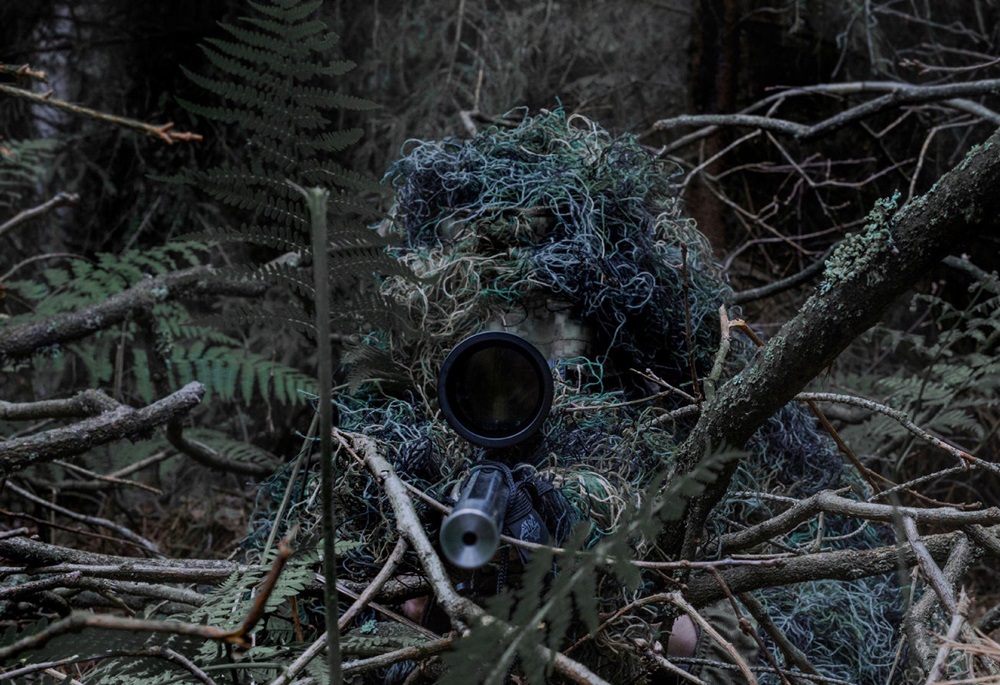Digital transformation: bringing transparency to MRO

Digital transformation
According to research by the Department for Business, Innovation & Skills, MRO in the aviation industry is worth at least £15 billion and employs more than 57,000 people in the UK alone.
The importance of the sector is further underpinned by The Annual Maintenance Repair and Operations (MRO) Survey 2018: Spending on the rise, which revealed 94% of companies considered MRO to be crucial part of their overall operations.
Reliably scheduled MRO mitigates down-time and stopping of production, meaning aerospace companies can machine and manufacture parts for the likes of Airbus and Rolls-Royce without delay, earning the company credibility for their reliability.
A 2018 survey by global management consultant firm Oliver Wyman on MRO in the aviation industry, revealed 60% of aviation professionals cited a lack of cohesiveness by OEMs in the aftermarket as disruptive to their industry, with a further 55% indicating the aftermarket consolidation industry was also disruptive.
This suggests a lack of MRO structure can result in long lead times on aircraft repairs and part replacement in the aftermarket industry.
Major aerospace maintenance companies are undergoing digital transformation for processes and equipment within the MRO industry, including the implementation of inspection drones, blockchain technology and artificial intelligence. As early as 2017, Airbus announced 450 initiatives to begin digitalisation, for example its ‘Scheduled Maintenance Optimiser’ technology, which anticipates and allocates time and resources for MRO.
Implementing digitalisation in MRO, could mean the aviation industry mitigates disruptions in the supply chain. This increases productivity, reduces downtime and ensures customer satisfaction in all parts of the aviation industry.
Blockchain technology
Blockchain technology is a huge step toward digitalisation of record keeping in the MRO industry. Blockchain effectively collects, records and encrypts maintenance data from a company and permanently uploads it online in a ‘chain’ of information. The data can include a comprehensive list of aircraft parts, dates of service and maintenance and information on repairs.
Once the data is entered, it cannot be altered, which leads to accurate data storage for every aspect of the MRO industry whilst eliminating possible human error when recording measurements.
Removing potentially inaccurate recordings from within a supply chain reduces labour costs, aids in ensuring the quality of the parts being produced and reduces inaccuracies and loss of data from manual recording and storage. Ensuring that the data has not been tampered with also provides both accountability and credibility to the company providing the data.
Although blockchain is openly accessible to the public, its secure encryption ensures that the information itself remains private. The accessibility of the information to everyone within an organisation leads to transparency and accountability within the workplace. MRO can be better timetabled into a company’s planning due to the accessibility of accurate findings and data from MRO inspections.
Role of inspection drones
Drones enable the inspection of an aircraft for foreign object or weather damage and for general maintenance without the need for potentially expensive or time-consuming specialist access equipment.
Whilst MRO is commonly built into a company’s five-year plan, budget and timetable, aircraft sporadically need inspections after bird strikes and freak weather conditions, e.g. hail or lightening.
Inspection drones offer a quick, efficient analysis without further damaging the aircraft. The development of laser-measurement drones and automatic fault detectors are set to become commonplace and are already used by major aerospace manufacturers such as Boeing and Airbus in this new age of digitalised MRO.
Skills Training
Since the late 1990s, digitalisation of MRO in the aviation industry has led to an upturn in skills training, with a focus on bringing students and women into the sector.
The Association for Women in Aviation Maintenance (AWAM) consists of technicians, mechanics, engineers, scientists and educators and strives to bring more women into the MRO sector.
Since the AWAM was founded, more than 1000 young individuals have enrolled on scholarship and training programmes. The formation of this association- and others like it- shows a distinct push for diversity in this modern age of MRO.
A survey by the Peerless Research Group revealed that 6% of the aviation professionals classed MRO as ‘not very important’ to their company.
While companies often have a production first, maintenance second mindset, it is important to invest in MRO equipment to keep the production line moving. It is also important to invest in MRO training and processes to ensure the company is working efficiently and effectively. MRO can reduce downtime, enable continuous production and maintain productivity for an aerospace business.
High-tech systems and processes are modernising MRO in the aerospace industry, however, technical engineers on the ground cannot complete work without the right equipment and tools. MRO equipment ranges from hand tools and PPE to fasteners and consumables, such as lubricants and lightbulbs, to name but a few.













